PerThirtySix made a communal plot that asks for your opinion via scatterplot and you can see how you compare against the aggregates. A new poll goes up every day.
The inspiration for this comes from a whiteboard in an office I used to work at. Every so often, a new pair of questions would be posted and people would contribute their answers by marking where on the scatterplot they belonged. It was fun seeing how my answers compared to others, and guessing who might have answered where. I hope this tool brings you some of that fun!

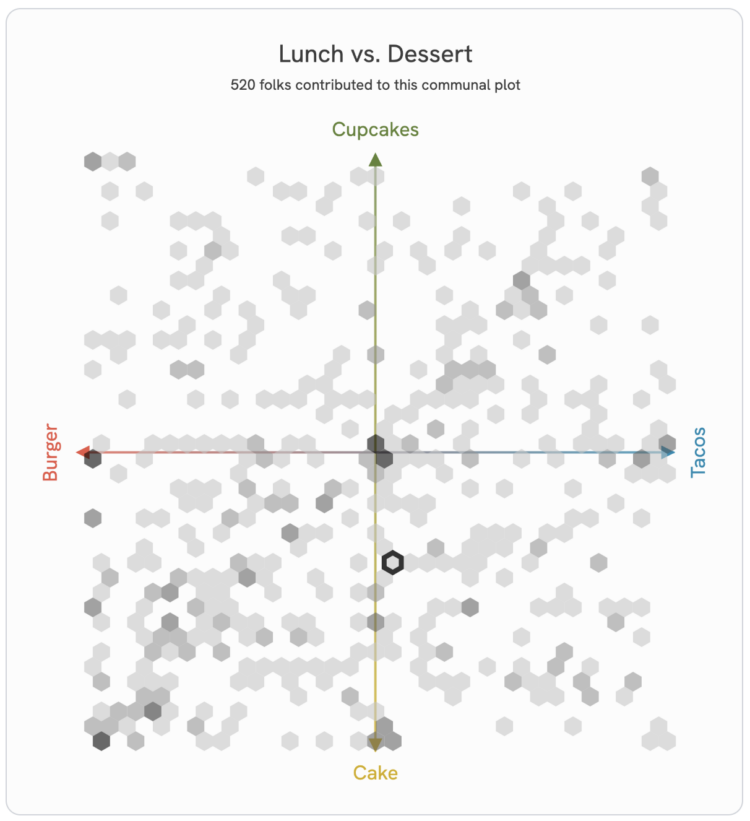
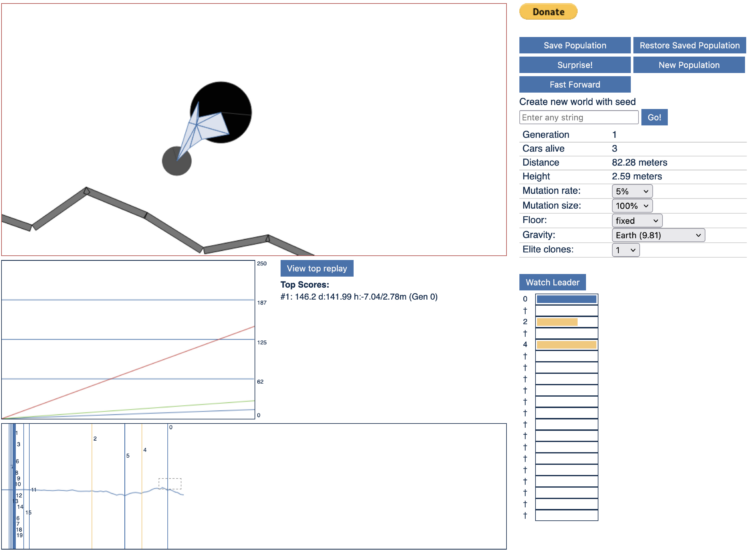
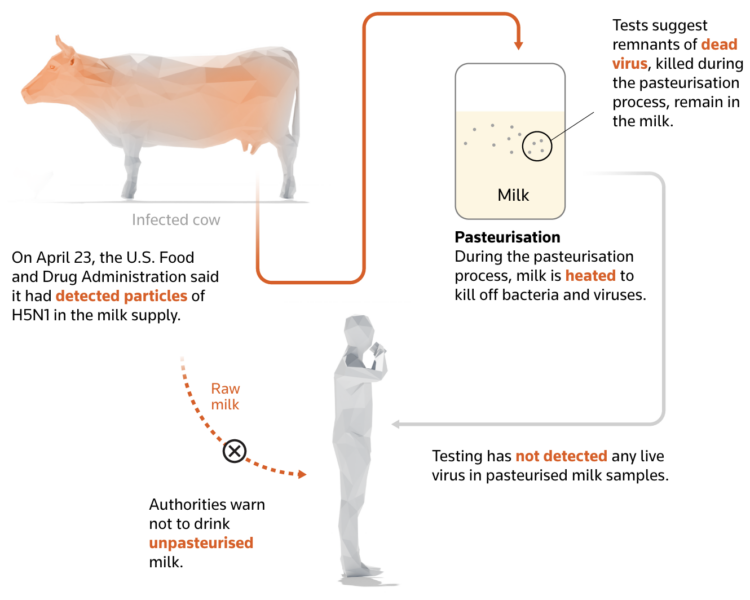
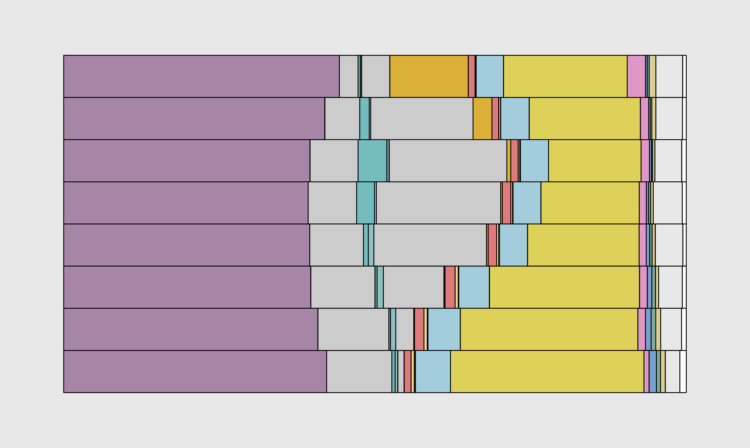
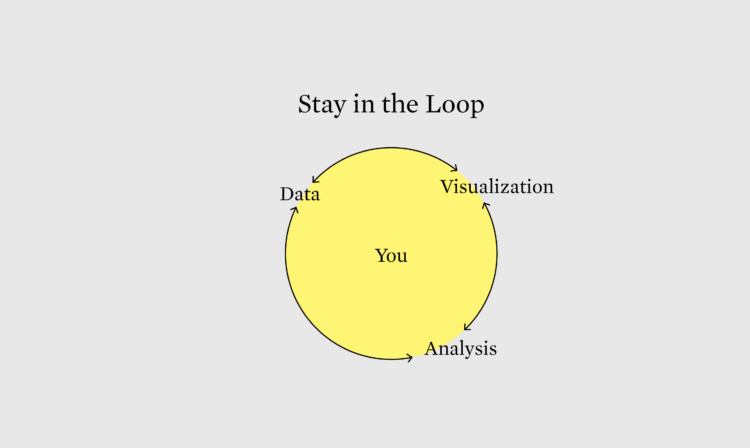
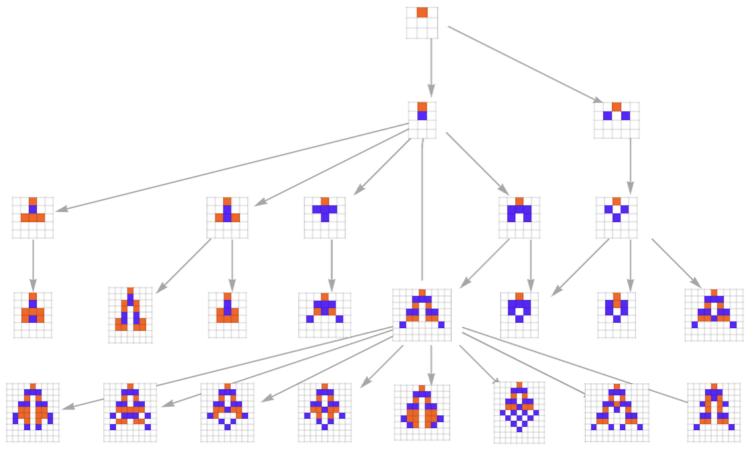
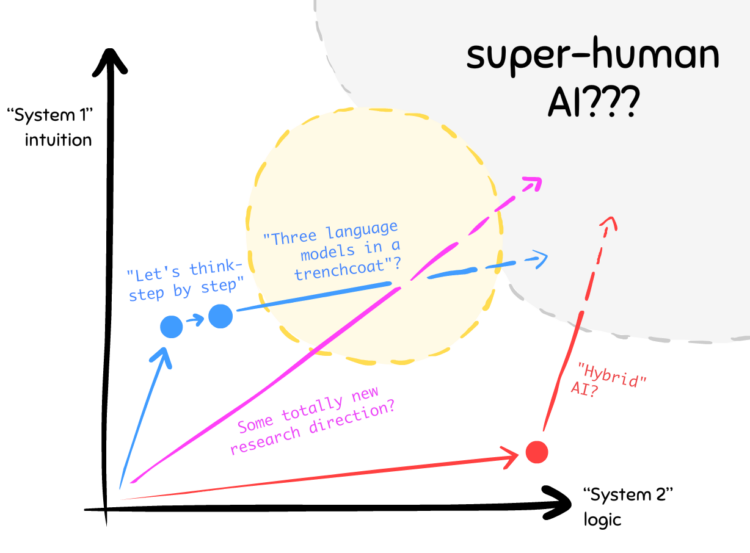
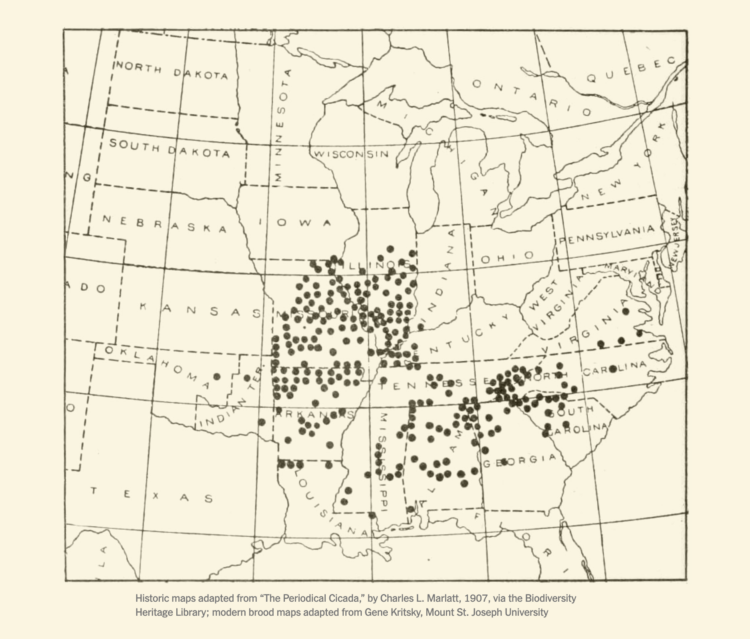
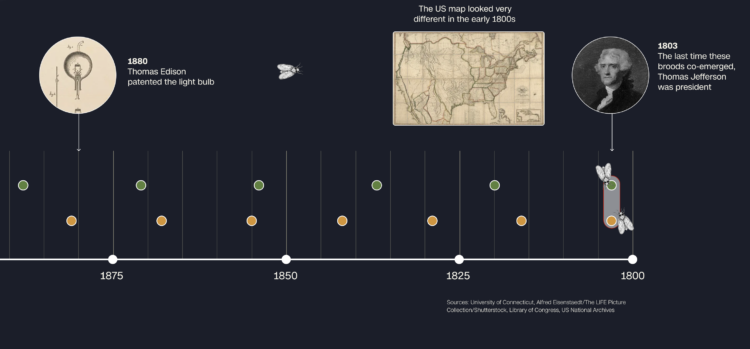
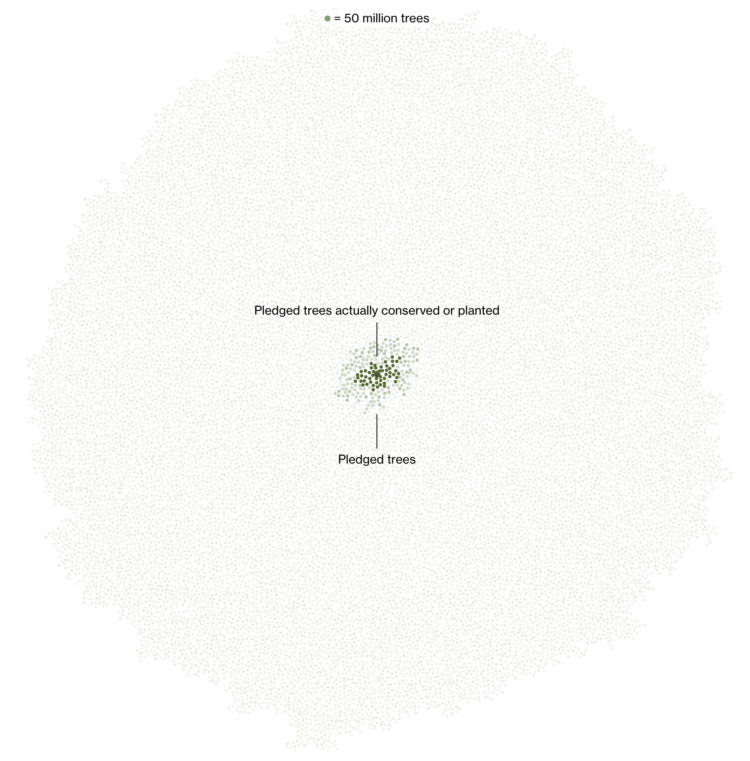
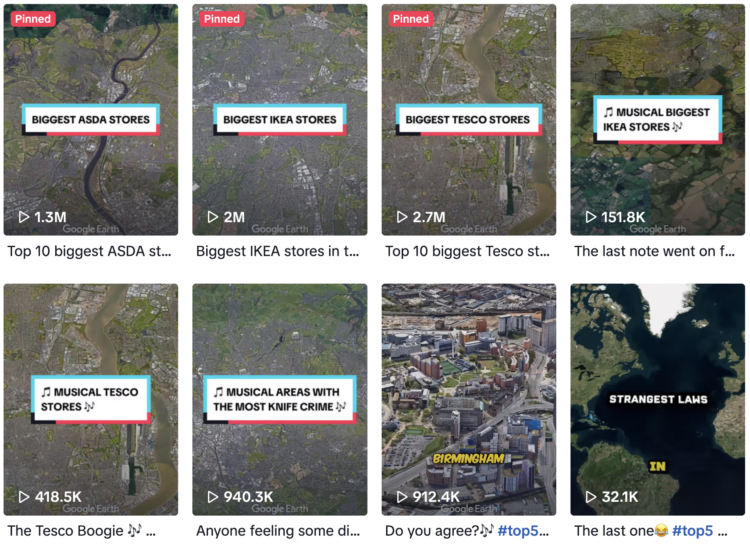
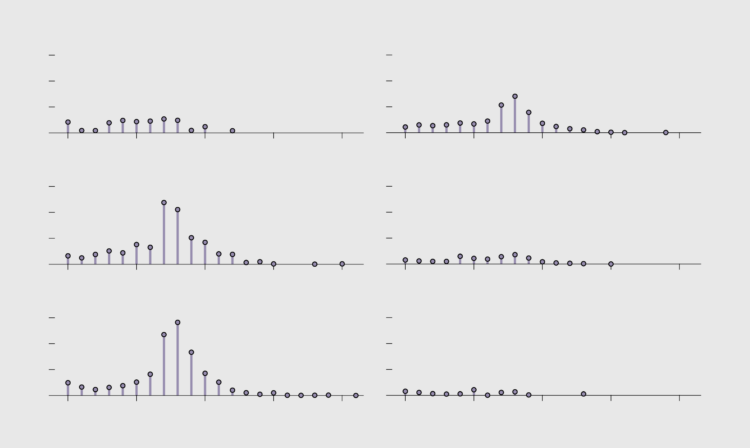

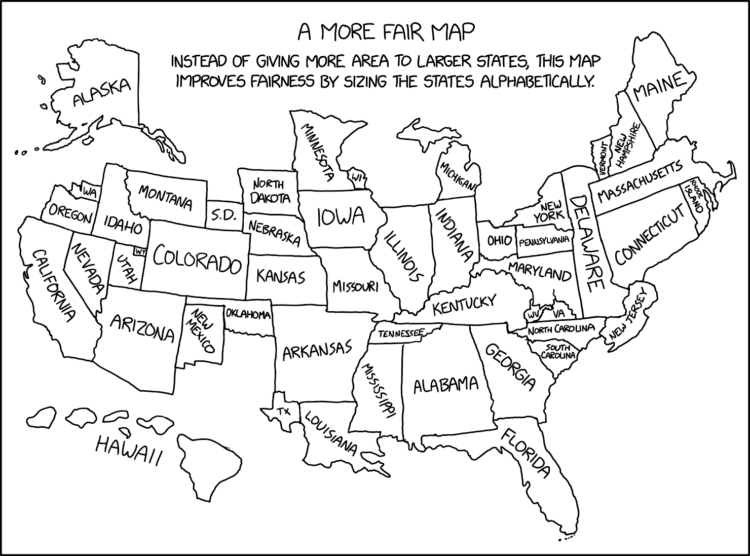
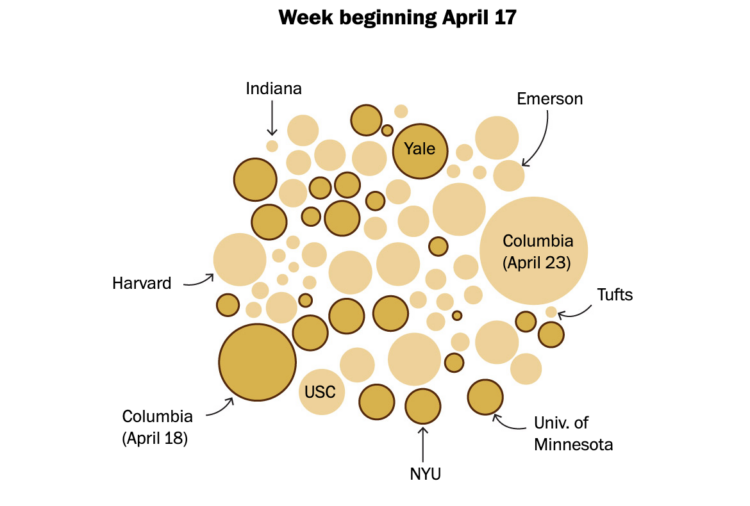
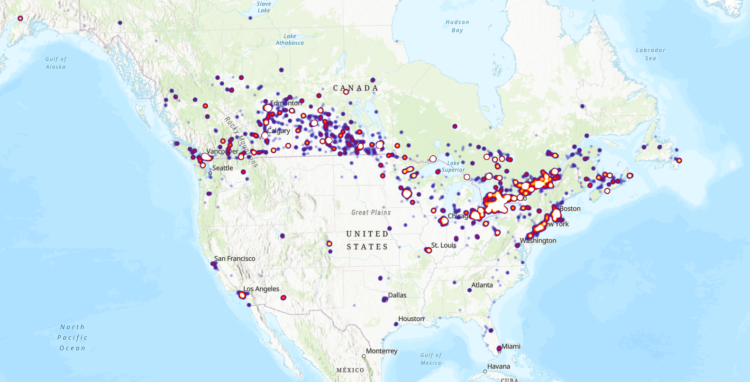
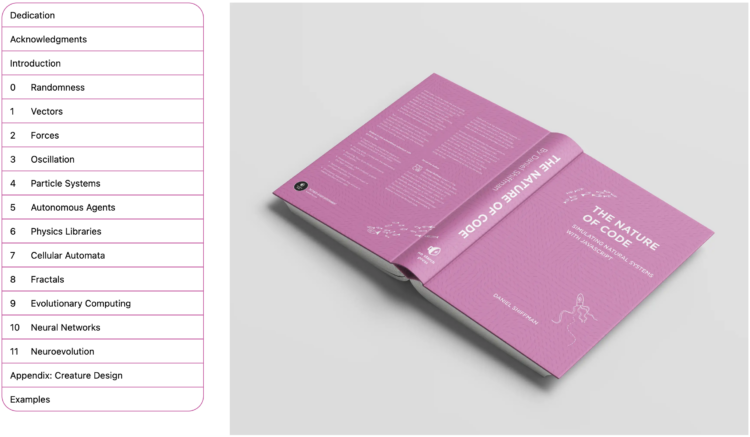
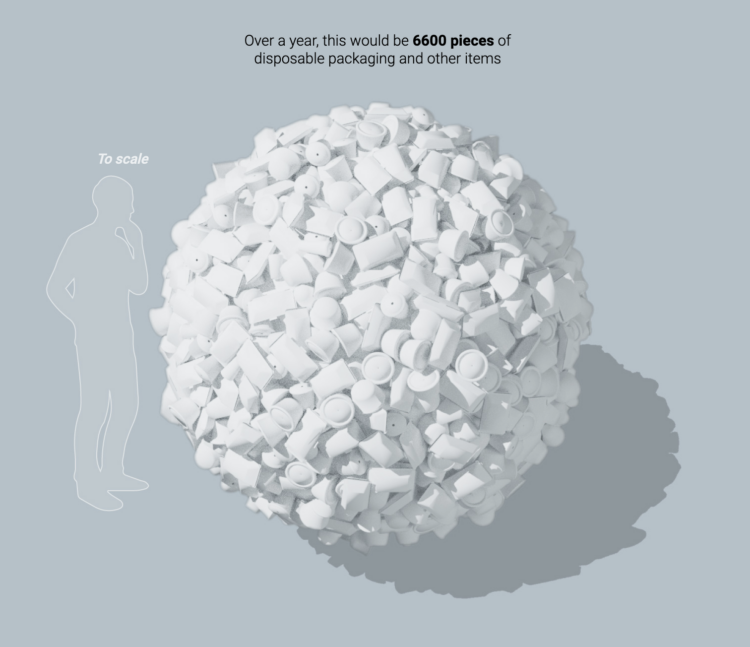

 Visualize This: The FlowingData Guide to Design, Visualization, and Statistics (2nd Edition)
Visualize This: The FlowingData Guide to Design, Visualization, and Statistics (2nd Edition)










